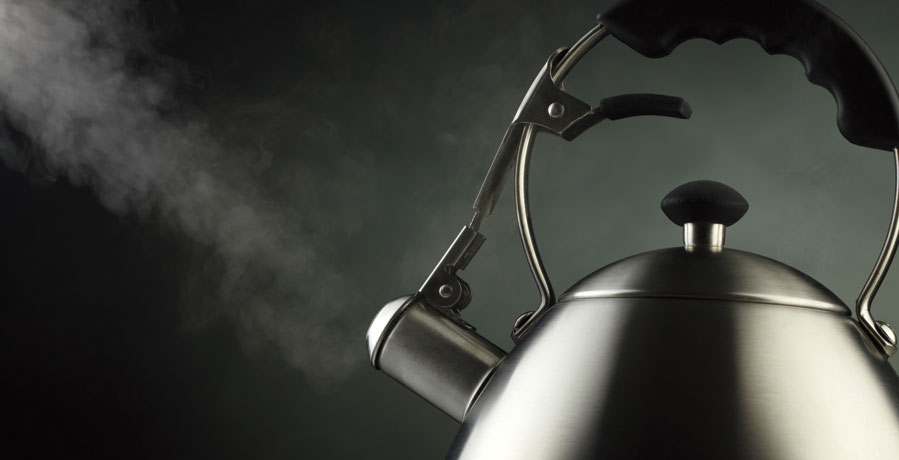Tea time
How kettles whistle

WET WHISTLE Studying a whistling tea kettle could help engineers design quieter household plumbing and industrial pipelines.
Silver-John/Shutterstock
How kettles whistle

WET WHISTLE Studying a whistling tea kettle could help engineers design quieter household plumbing and industrial pipelines.
Silver-John/Shutterstock